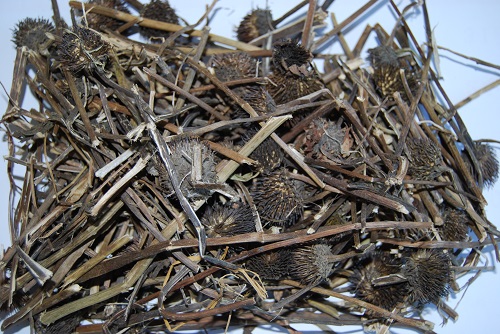Echinacea purpurea

Echinacea purpurea is an herbaceous
perennial up to 120 cm (47 in) tall by 25 cm (10 in) wide at maturity.
Depending on the climate, it blooms throughout spring to late summer. Its
cone-shaped flowering heads are usually, but not always, purple in the wild.
Its individual flowers (florets) within the flower head are hermaphroditic,
having both male and female organs in each flower. It is pollinated by
butterflies and bees. Its habitats include dry open woods, prairies and
barrens, as well as in cultivated beds. Although the plant prefers loamy or
sandy, well-drained soils, it is little affected by the soil"s pH.
Echinacea purpurea is also grown as an
ornamental plant, and numerous cultivars have been developed for flower quality
and plant form.Unable to grow in the shade, it thrives in either dry or moist
soil and can tolerate drought once established. The cultivar "Ruby Giant" following
has gained the Royal Horticultural Society"s Award of Garden Merit.
Useful vegetative techniques include
division, root cuttings, and basal cuttings. Clumps can be divided, or broken into smaller bunches,
which is normally done in the spring or autumn. Cuttings made from roots that
are "pencil-sized" will develop into plants when started in late
autumn or early winter. Cuttings of basal shoots in the spring may be rooted
when treated with rooting hormones such as IBA at 1000ppm.
Plants raised outdoors Seed germination occurs
best with daily temperature fluctuations or
after stratification, which help to end dormancy.
Seeds may be started indoors in advance of the growing season or outdoors after
the growing season has started.